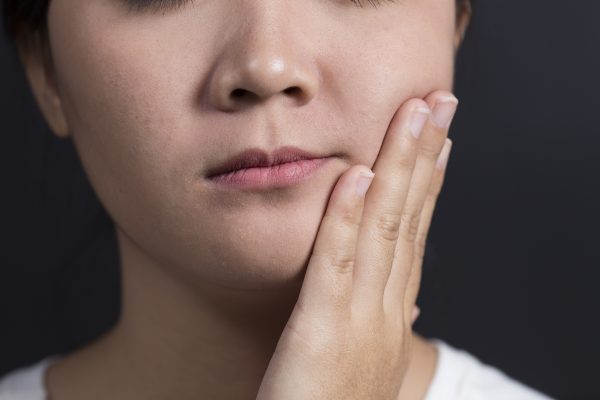If you have a scheduled tooth extraction, you might be worried about your recovery from the procedure. North Central Phoenix dentists often get asked if getting a tooth out will result in “chipmunk cheeks.” The reality is that edema is possible after any type of oral surgery. Your face may swell after tooth extraction, at least temporarily. The exact amount differs from person to person. If you need to pull out your wisdom teeth, contact an emergency dentist in north central phoenix.
Why does your one side swell after tooth extraction or wisdom teeth removal?
After oral surgery, swelling is quite normal. It is actually a normal part of the body’s healing process. Damage to body tissues results in a rush of fluid and blood cells, causing the area to expand. Furthermore, this inflammation is to be expected because tooth extraction traumatizes the gums and surrounding tissues.
How much swelling can you expect?
The skin tissues closest to the extraction site are going to experience the most swelling. Therefore, you usually will not experience any inflammation on the opposite side of your mouth if you are having a tooth extracted from the left side.
You may experience minor swelling if the extraction is an ordinary procedure for a tooth that continues to grow in a normal position. Sometimes, the tooth can be removed by a skilled oral surgeon with minimal harm to the surrounding facial and gum tissues.
More severe inflammation that spreads farther from the extraction site can result from more complex oral surgical operations. Additional oral surgical treatments, such as bone trimming and tissue flapping, are often necessary for the removal of teeth that are harmed, fractured, or impacted. These procedures can cause a lot of swelling.
How long will the swelling last?
After oral surgery, post-operative inflammation often peaks 48 to 72 hours later and fades away on its own in a day or two. You can reduce the level of swelling in the meantime.
Ice Therapy
After having a tooth extracted, begin an ice therapy schedule straight away. Apply a bag of crushed ice wrapped in a dry cloth to the exterior of your face and let it be there for 20 minutes. For another twenty minutes, take out the ice, then do it again. After oral surgery, you can utilize ice therapy for the initial two days.
Heat Therapy
After your swelling has reached its peak, on your third or fourth day, turn to applying heat. The process is the same: replace the ice with a bottle of hot water or warm compress, leave it on for 20 minutes, rinse it off, and repeat.
For a follow-up consultation, get in contact with your dentist if your swelling continues to fail to go down by day four or if it gets worse. Either of these might suggest an infection that requires medical treatment immediately.
What other factors can lead to swelling?

Differences in individual anatomy
The placement of your teeth, the shape and size of the jawbone, the space available, and the location of your teeth can all affect how challenging it will be to extract your wisdom teeth. For example, a particular side of your mouth might need less force or adjustment during surgery if it has more room, which might result in less swelling after the procedure.
Inflammation and nerve damage
Your mouth has various densities and locations for your nerves, which may give rise to asymmetric swelling. A wisdom teeth extraction might end in more collateral damage if it is closer to a nerve. An increased inflammatory response can often be the result of this possible harm to the nerves.
Conclusion
It is important to keep in mind that uneven swelling after the extraction of wisdom teeth is a bit common. This may be a result of things like variations in your anatomy, impacted teeth, and the particular configuration of the vessels and nerves. Furthermore, lymphatic and blood drainage may be involved. If one side of the face swells more than the other, avoid freaking out. It is all a part of the body’s repair process.




